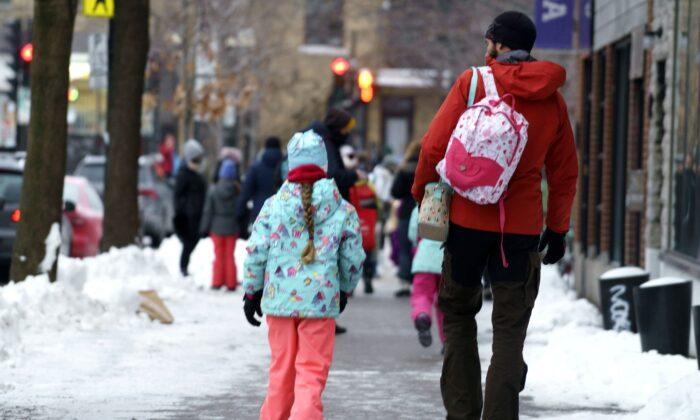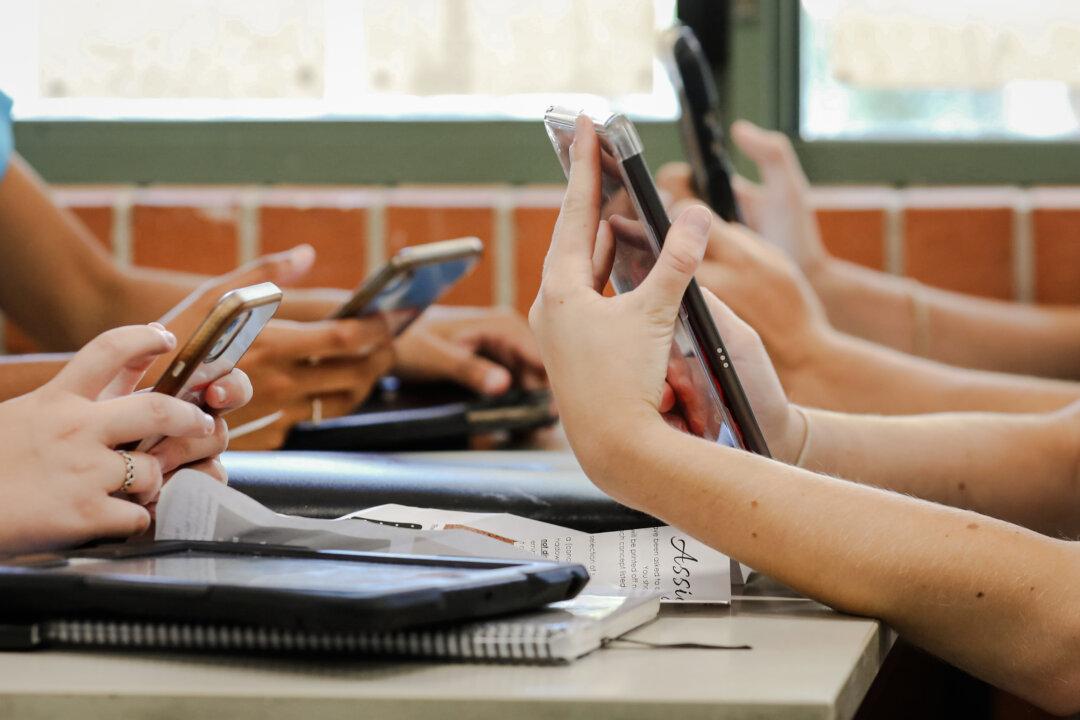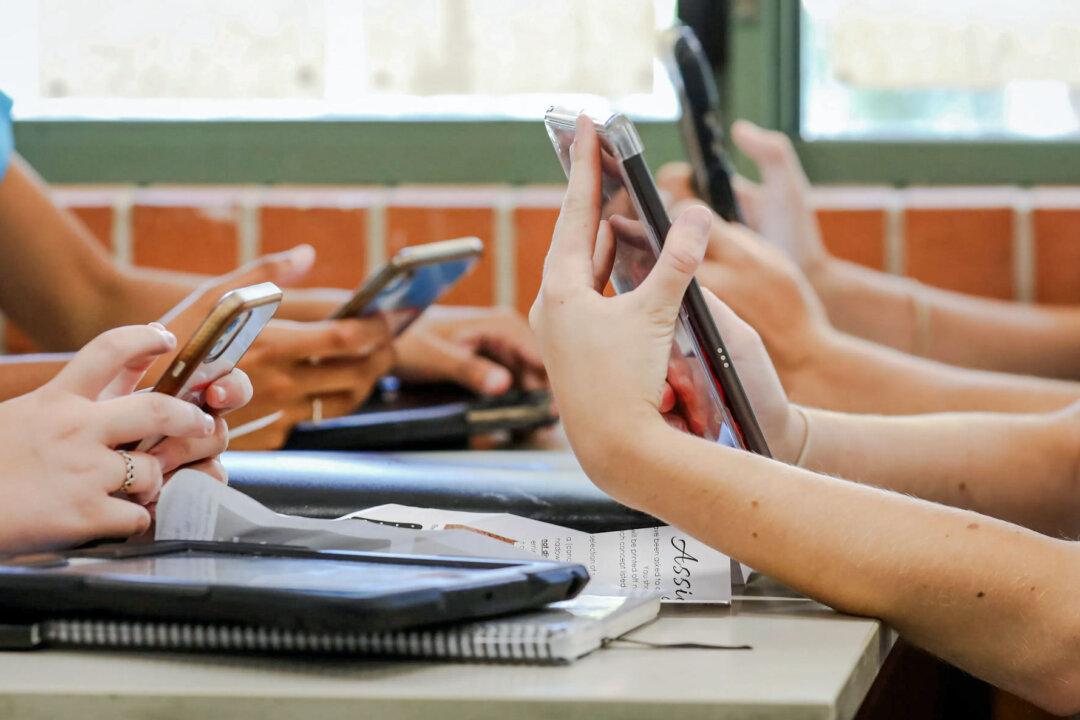It’s been just over a year since the first COVID-19 case was identified in Canada. Since that time, the federal and provincial governments have struggled to contain this virus through a series of rotating lockdowns.
Last spring, virtually every school in the country was closed, and most closures lasted for the remainder of the school year. While most schools reopened last fall, several provinces reverted to temporary closures when a second wave of COVID-19 cases swept across the country in October and November.
Unfortunately, some closures lasted much longer. Notably, many Ontario students have been learning remotely since the Christmas break, with students in half of the 22 regions in southern Ontario not scheduled to return to classes until at least Feb. 10, if then.
Closing schools in the spring of 2020 was understandable. We knew very little about this virus and were uncertain what effect it might have on children. In the face of a global pandemic, it made sense for provinces to err on the side of caution and keep students at home.
However, we now know a whole lot more about the virus than we did a year ago, and one thing is certain: Children are much safer from this virus than adults. Thus, since children are not significantly at risk from COVID-19, we should open schools and keep them open.
Another thing we’ve learned is that school closures are harmful to students. Not only are schools essential to educating students, they also provide students with vital social supports. For many children, schools are the place where they receive emotional support from teachers, advice from counsellors, oversight from social workers, breakfasts and lunches, and vaccinations.
Extended school closures deprive students of these support networks and can lead to tragic consequences. Consider the situation in Las Vegas, where schools have been closed since mid-March 2020. In that year, twice as many Las Vegas students committed suicide than in the previous year. This shocking statistic spurred local school administrators to announce that they intend to reopen their schools as soon as possible.
The tragic consequences in Las Vegas should serve as a warning to other jurisdictions in both Canada and the United States about the real harm caused by extended school closures. It seems obvious that students experience more harm from school closures than from potential exposure to the COVID-19 virus.
In addition, schools can, in fact, operate safely and minimize the risks of COVID-19 transmission. Most schools already require students and staff to wear masks, and this simple precaution goes a long way toward reducing the spread of this virus. Some schools operate on a staggered schedule so that not all students are present at the same time, while other schools use extra space to split large classes into smaller groups.
Some schools have more drastic distancing measures, such as placing plastic shields between desks, limiting where kids can play during recess breaks, and setting up isolation pods for students to work in. No doubt these measures detract from students’ enjoyment of school and make the school day feel rather artificial. Nevertheless, for most students, it is better to have in-person classes with excessive social distancing measures than to sit at home by themselves working on their computer screens. A socially distanced school day at least allows for some personal interaction between students and enables teachers to work directly with students in regular classroom settings.
If there is one thing that’s now clear, it’s that remote learning is no substitute for in-person learning. Students are far more likely to learn when they are in the same room with their teachers. Of course, there is a place for remote learning, but only when it is done intentionally and voluntarily. That is not what has happened for most students over the last year.
Obviously, there are times when schools might need to close. When there is high community spread of COVID-19 and when these cases are putting significant strain on the health-care system, governments have to take action. However, in these circumstances, schools should be the last institutions to close and the first to reopen when the situation improves.
The key lesson we’ve learned in the last year is that students need to be in school. We must do everything we can to keep schools open.





